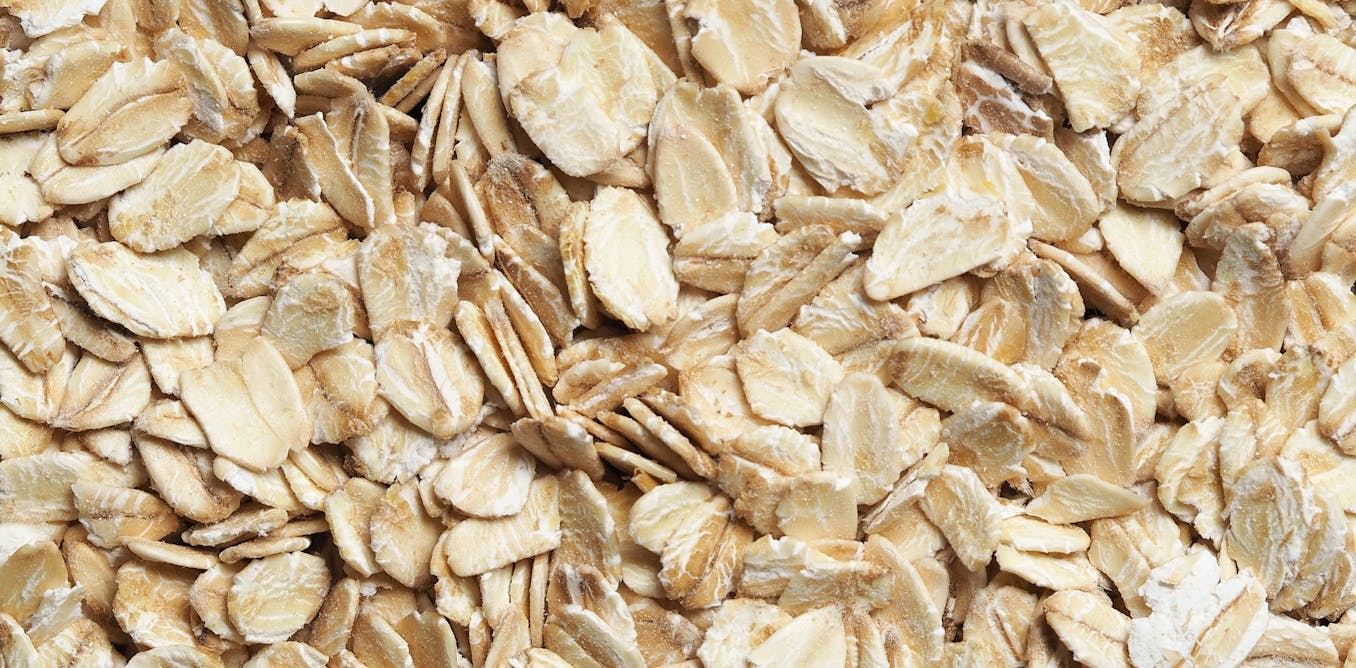The sun’s energy can be increased when focused on a smaller area—just ask any kid who has burned holes in a sheet of paper with a magnifying glass. The same concept has been used for small camping stoves and enormous solar furnaces. And while solar panels that take advantage of concentrated sunlight to boost their power output already exist, scientists at the Fraunhofer Institute for Solar Energy Systems (Fraunhofer ISE) in Freiburg, Germany have taken the concept to a whole new level: They’ve created a micro-concentrated photovoltaic (micro-CPV) solar panel that has better efficiency but lower costs to manufacture.
Previous micro-CPV designs have faced multiple problems, including degradation over time and discoloration of the optical elements. Other designs often also required active thermal management systems to cool the components.
Innovative Micro-CPV Solar Panel Design
The team built a sub-module panel of about 200 square centimeters; while this comprised more than one micro-CPV cell in a 10-by-6 cell array, it was smaller than a standard commercial panel. Often, projects like this require sophisticated processes and expensive materials such as complex lenses and designs that required custom assembly procedures with precision alignment of the elements, but that’s not true in this case.
Instead, the researchers used glass substrates for their printed circuit boards. The photovoltaic modules can be assembled using a standard high-speed pick-and-place machine. And the concentrating lenses are made using silicon on glass technology.
The researchers estimate that their design uses less than one-thousandth the expensive semiconductor materials required by standard panels. They describe their work in a recent paper published in the IEEE Journal of Photovoltaics.
The system relies on planoconvex lenses to focus sunlight. The convex portion is made from silicone, which is a low-cost material with sufficient optical qualities. This is adhered to a flat glass surface which has matching thermal expansion characteristics to maintain optical alignment throughout temperature changes.
The researchers first created a single cell unit using submillimeter-sized photovoltaic chips that measure 885 by 685 micrometers, with an active area of 585 by 585 µm. They then made a larger array module for testing. The matrix array used cells with chips that were 1,127 by 927 µm with an active area of 827 by 827 µm. The larger chip size meant that their placement was less critical than with the smaller chips, which makes assembly easier and more efficient. The chips use five-junction solar cells, which use multiple layers to capture the energy from different wavelengths of sunlight.
The prototype micro-CPV solar panel uses a matrix of cells to create an industry-standard 24 by 18 inch panel (61 by 45.7 centimeters) with an aperture area greater than 2,000 square centimeters.Fraunhofer ISE
In both cases, the chips were mounted on a glass substrate which helped…
Read full article: Micro-CPV Solar Panels Boost Efficiency and Cut Costs

The post “Micro-CPV Solar Panels Boost Efficiency and Cut Costs” by Alfred Poor was published on 08/06/2025 by spectrum.ieee.org




































Leave a Reply